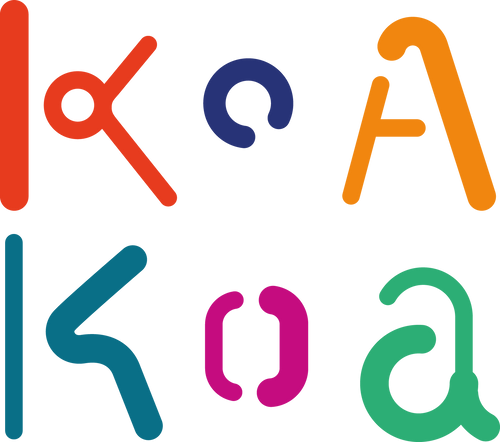HOW TO FORM THE INNOVATIVE AND INVENTORS GENERATION PROCHANY?
We wanted to share with you an interesting teaching approach that inspires us to the daily development of Koa Koa. It's about the pedagogy S.T.E.A.M.
Yeah, but this one's a lot of sense.
In Anglo-Saxon countries, science education - says S.T.E.M - encompasses four disciplines: Science, Technology, Engineering, Math. But today, we're talking more and more about S.T.E.A.M: c’est le même acrnyme que l’on a ajouté un A for ART.
- Science and technology at the heart of progress
In our ultra-connected world, science and technology are the driving force behind innovation and prosperity. Science education is strategic, Barack Obama had made it his battle horse by injecting important funds into the scientific education of small Americans, the exit from the PISA ranking is watched every year with anxiety by governments...
But amid this consensus, an increasing number of experts, academias, students advocate adding art to this teaching. Oui, l’ART !
- Combining Art and Sciences, this is not new
We have difficulty perceiving the connections between art and science (especially because of our educational system which separates them, or even opposes them), and yet this has always existed.
Leornard de Vinci: a great inventor with an outstanding painter, Abbott Thayer: his paintings have made it possible to invent camouflage, NASA has resorted to the "Chiaroscuro" (a Renaissance technique) to orchestrate the colors of the data and increase contrasts, etc.
=> The list is still long but let’s end up with the iconic company of this approach: Apple. Steve Jobs was able to revolutionize the company by bringing the engineer and designer to the same level, and having them collaborate in all stages of product development.
- Art + STEM = Innovation
It was John Maeda, former director of the Rhode Island School of Design, founder of the MIT Media Lab, a world-famous artist and engineer, who today was VC in Silicon Valley who popularized this approach. For him, innovation comes from this ability to combine Art, Science and Technology. His design studies in Japan allowed him—as he said—to “disprogram his brain” after a degree in Computer Science at MIT.
To synthesize (forcing the trait), these are:
- For scientists: to train scientists who can think creatively, to take emotions into account, the visual aspect, and to be aware that their products must also be desirable to be accessible.
- For creative professions: draw on the scientific approach towards demonstration, deductive reasoning, problem solving, etc.
The STEAM movement is expanding around the world: the University of London now has a "Head of STEAM", the educational program of the ABC channel "Sesame Street" will be released from the STEAM shows, etc.
We do not expect our future engineers to be the next Picasso or Matisse....but it would be so well that they were trained according to the trans-disciplinary methodology STEAM (see graph below): ability to collaborate and communicate, taking into account visual and emotional aspects, being aware that a product must also be desirable...
At home Koa Koa, we chose to put this STEAM approach at the heart of our company and design products. Our kits allow us to discover science but in a more creative and imaginative way (understand the role of the brain in vision by building glasses that simulate animal vision, gears by making a crank doorbell, coloring a very graphic shirt tee to discover its anatomy, etc.).
To follow us: like us on Facebook, Twitter, Instagram and of course, find our STEAM activities on www.koakoa.fr


